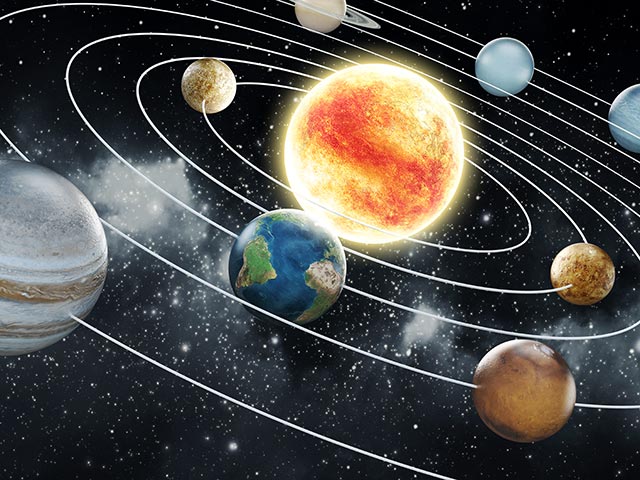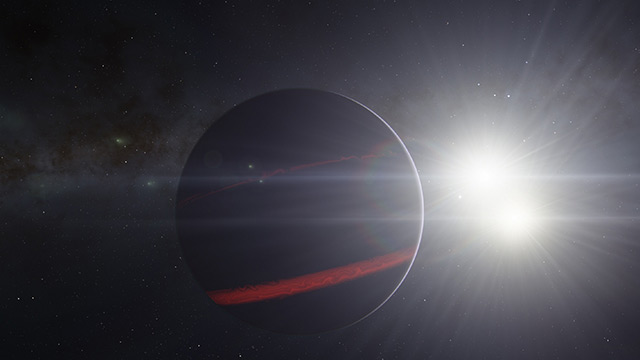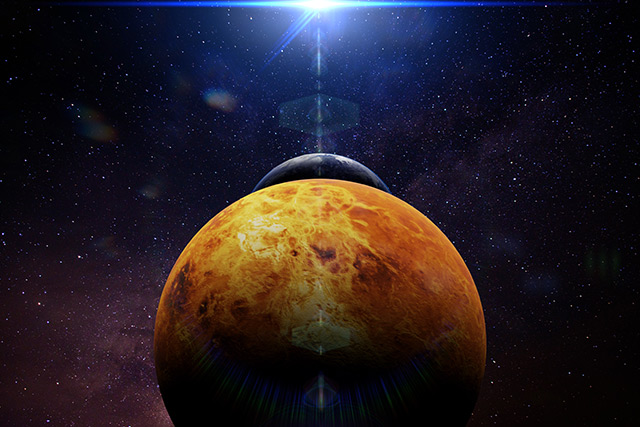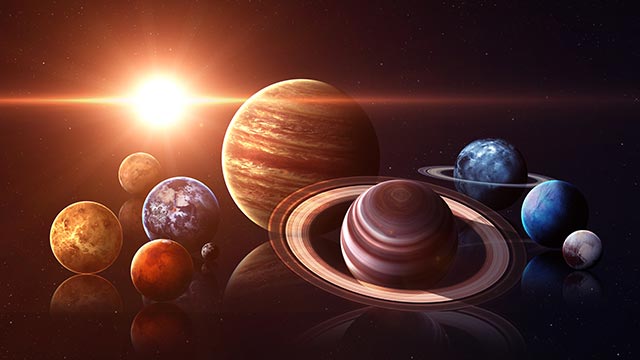
American researchers looking for the hypothetical Planet Nine are going to have to settle for the consolation prize of finding a dozen new moons around Jupiter. An article in Live Science described one of those satellites as very odd, given it is extremely tiny and traveling in the opposite direction it is supposed to go.
This discovery gives Jupiter a total of 79 known moons, further cementing its place as the planet with the largest number of natural satellites. Its closest competitor, Saturn, only hosts 62 known moons in comparison.
The Carnegie Institution for Science (CIS) survey team reported that 11 of the 12 new Jovian moons occupied normal orbits. The last new addition to Jupiter's family is a real oddball, said CIS researcher Scott Sheppard.
With a diameter of less than 0.6 miles (0.96 kilometers), it is the smallest known Jovian moon. It also follows a very strange orbit that runs counter to nearby moons. (Related: NASA appoints “planetary protection officer” to act as an intermediary between humans and extraterrestrial life.)
Planet hunters find new moons of Jupiter instead
Sheppard's team was hunting for signs of Planet Nine, a huge ice world theorized to reside somewhere far past Pluto. It so happened that Jupiter was near the region of space they were scanning.
The CIS researchers did not let this rare opportunity pass. In addition to looking for new planets beyond Pluto, they searched the area around Jupiter for signs of new moons.
While they found no sign of Planet Nine, they did come across a bunch of previously-unseen Jovian moons. The new satellites are considered to be irregular satellites because the shapes of their orbits are far from circular.
They can be divided into two groups: The prograde ones, which move from west to east, and the retrograde ones, which move in the opposite direction of the planet or star they circle.
The eight regular satellites of Jupiter have almost circular orbits. They are also split into two groups. The inner moons are found very close to the planet, while the Galilean moons comprise the biggest members.
Valetudo, the tiny moon moving in the wrong direction
The "oddball" moon stands out because of its contrasting behavior and location. It follows the same prograde orbit as Jupiter and the regular satellites.
However, it is also found much further away from the planet and the other prograde moons. It takes about one and a half years to finish a single orbit.
Its neighboring moons are all retrograde satellites that orbit in the opposite direction. They are also bigger than the tiny thing.
These odd characteristics led Sheppard's group to suggest naming it Valetudo, the Roman goddess in charge of health and hygiene. (For those who are curious, the Brazilian combat sport that happens to have a similarly spelled name is made up of two words and means "anything goes" in Portuguese.)
A cosmic counterflow lane accident waiting to happen
The CIS researchers also believe that Valetudo runs the serious risk of ramming into one of its nine neighbors. That is because it is traveling in the opposite direction of the new retrograde moons, a cosmic version of contraflow traffic.
"This is an unstable situation," Sheppard said regarding Valetudo's orbit. "Head-on collisions would quickly break apart and grind the objects down to dust."
He believed that such collisions could have helped form several Jovian moons and established some of the groupings currently seen. Thus, while these new moons might not be the fabled Planet Nine, their existence and locations can improve our knowledge of the history of the early solar system.
Interested in Vale Tudo and the other moons of our solar system's biggest planet? Visit Space.news to read more about Jupiter's satellites.
Sources include:
Please contact us for more information.





















